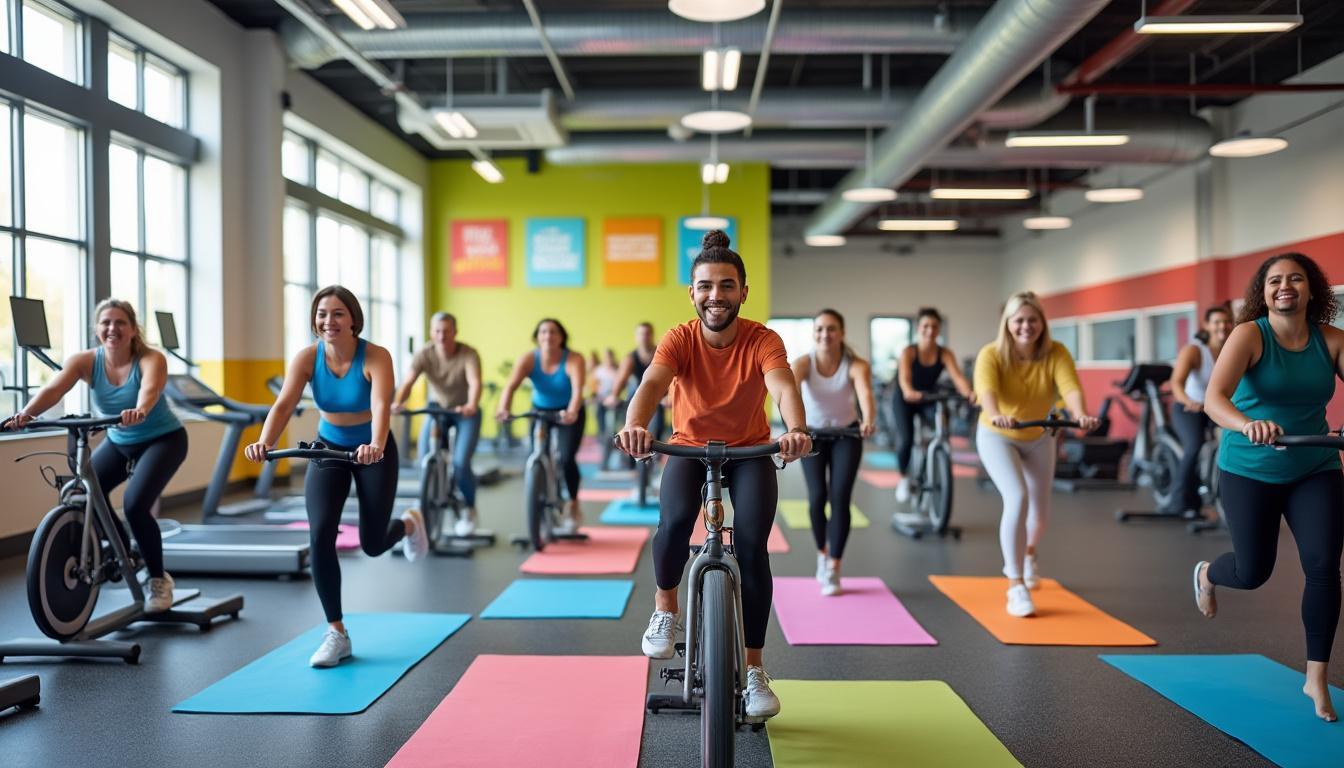Balancing a dedicated fitness routine with an active social life is a challenge many face in today’s fast-paced world. The trend of transforming weekend workouts into vibrant social gatherings has been gaining momentum, especially among urban professionals eager to maintain health goals without sacrificing their need for meaningful connections. From shared badminton rallies in bustling …
Continue reading “from fitness routine to weekend social gathering”










